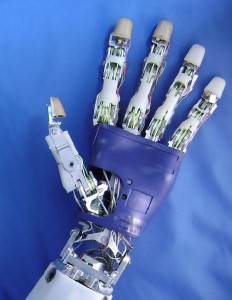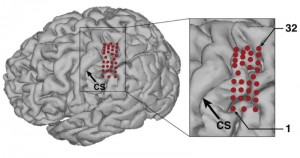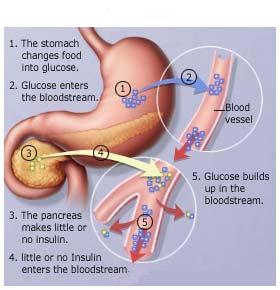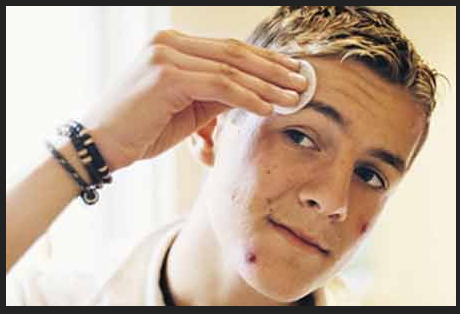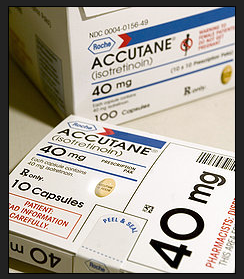It must feel great to be able to feel a friend’s hand after seven years. Researchers at the University of Pittsburgh School of Medicine and UPMC have enabled a 30-year-old paralysed man to be able to move his robotic arm by means of electrodes placed in his brain. The tested patient has been paralysed for seven years after a motorcycle accident. “It feels like I’m robocop” says Tim Hemmes, the spinal patient. Researchers used the newly developed brain-computer interference (BCI) technology to make Tim he has hand again. The data released from Tim’s thoughts are then interpreted by an IBM designed processor. The analysed data are then put into command language for the robotic limb. “When Tim reached out to high-five me with the robotic arm, we knew this technology had the potential to help people who cannot move their own arms achieve greater independence,” said Dr. Wang, when watching a memorable scene in 2011.
Today, different types of bionics are being made. There exists bionic lenses, bionic arms and bionic legs. However, the accuracy of these devices are not perfect yet but the clinical cases are showing a promising future in this field.
How does it work?!
In order for patience to feel comfortable using the prosthetic limb, the designed limb’s weight should match the actual limb’s weight. This prevents researchers from producing gigantic robots. The next step in making a robotic limb is building an appropriate BCI which matches the right part of the brain. In order to do so, researchers use functional magnetic resonance imaging (fMRI) to find the right place for the conductors. Conductors take data orders from your brain and analyse those data using bio-computational algorithms to transform data into machine language. The robots then do the job for the patient.
The robots used should have the same functionality as the actual limb since it is believed the brain of the patient can only command in a certain manner. That certain manner matches with what the patient did with his/her actual limb and our brains are not trained for anything beyond what our limbs can do.
Below is a Ted talk showing the clinical accomplishments of robotic limbs:
Although it is very early to comment on this technology but it is pretty evident that soon this technology will become a solution for amputated limbs. Many different researched are also being conducted on robotic lenses but not a lot of successful cases have been reported yet.
References:
1. Di Pino G, Porcaro C, Tombini M, et al. A neurally-interfaced hand prosthesis tuned inter-hemispheric communication. Restorative Neurol Neurosci. 2012;30(5):407-418.
2. Di Pino G, Porcaro C, Tombini M, et al. A neurally-interfaced hand prosthesis tuned inter-hemispheric communication. Restorative Neurol Neurosci. 2012;30(5):407-418.
3. Guymer R. The challenge and the promise of the bionic eye. the bionic vision australia project. Clin Exp Ophthalmol. 2012;40:123-124.
4. Li Hu, Yang Jian-yu, Su Peng-cheng, Wang Wan-shan. Computer aided modeling and pore distribution of bionic porous bone structure. J Cent South Univ. 2012;19(12):3492-3499.
5. Mironov V, Boland T, Trusk T, Forgacs G, Markwald RR. Organ printing: Computer-aided jet-based 3D tissue engineering. Trends Biotechnol. 2003;21(4):157-161.

